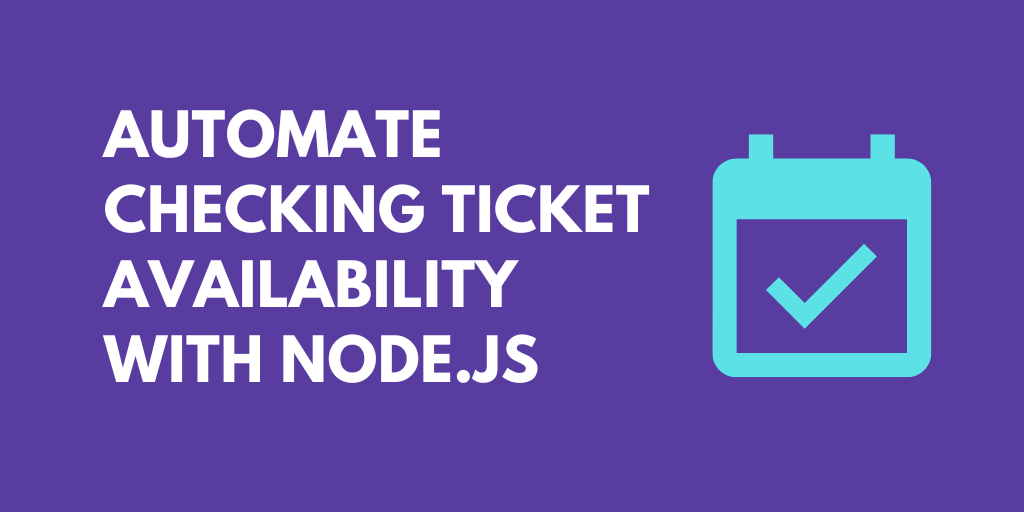What do you want to automate
with Jobber and Node?
Prompt, edit and deploy AI agents that connect to Jobber, Node and 3,000+ other apps in seconds.
Trusted by 1,000,000+ developers from startups to Fortune 500 companies
Popular Jobber and Node Actions#
Write custom Node.js code and use any of the 400k+ npm packages available. Refer to the Pipedream Node docs to learn more.
Generates a new quote for a client's property in Jobber. See the documentation
Creates a new service request for a client's first property within Jobber. See the documentation
Filter quotes by status, quote number, or cost in Jobber. See the documentation
Overview of Jobber#
The Jobber API allows for the automation of service business operations, such as scheduling jobs, managing clients, and invoicing. By pairing it with Pipedream, you can craft powerful serverless workflows that react to events in Jobber or integrate with other services to streamline your business processes. With Pipedream’s ability to connect to 3,000+ apps, you can create custom automations without writing a lot of code, handling everything from data transformations to complex logic.
Connect Jobber#
import { axios } from "@pipedream/platform"
export default defineComponent({
props: {
jobber: {
type: "app",
app: "jobber",
}
},
async run({steps, $}) {
const data = {
"query": `query SampleQuery {
user(id: null){
id
email {
raw
}
}
}`,
}
return await axios($, {
method: "POST",
url: `https://api.getjobber.com/api/graphql`,
headers: {
Authorization: `Bearer ${this.jobber.$auth.oauth_access_token}`,
"X-JOBBER-GRAPHQL-VERSION": `2025-01-20`,
},
data,
})
},
})
Overview of Node#
Develop, run and deploy your Node.js code in Pipedream workflows, using it between no-code steps, with connected accounts, or integrate Data Stores and File Stores
This includes installing NPM packages, within your code without having to manage a package.json file or running npm install.
Below is an example of installing the axios package in a Pipedream Node.js code step. Pipedream imports the axios package, performs the API request, and shares the response with subsequent workflow steps:
Connect Node#
// To use previous step data, pass the `steps` object to the run() function
export default defineComponent({
async run({ steps, $ }) {
// Return data to use it in future steps
return steps.trigger.event
},
})Community Posts#
